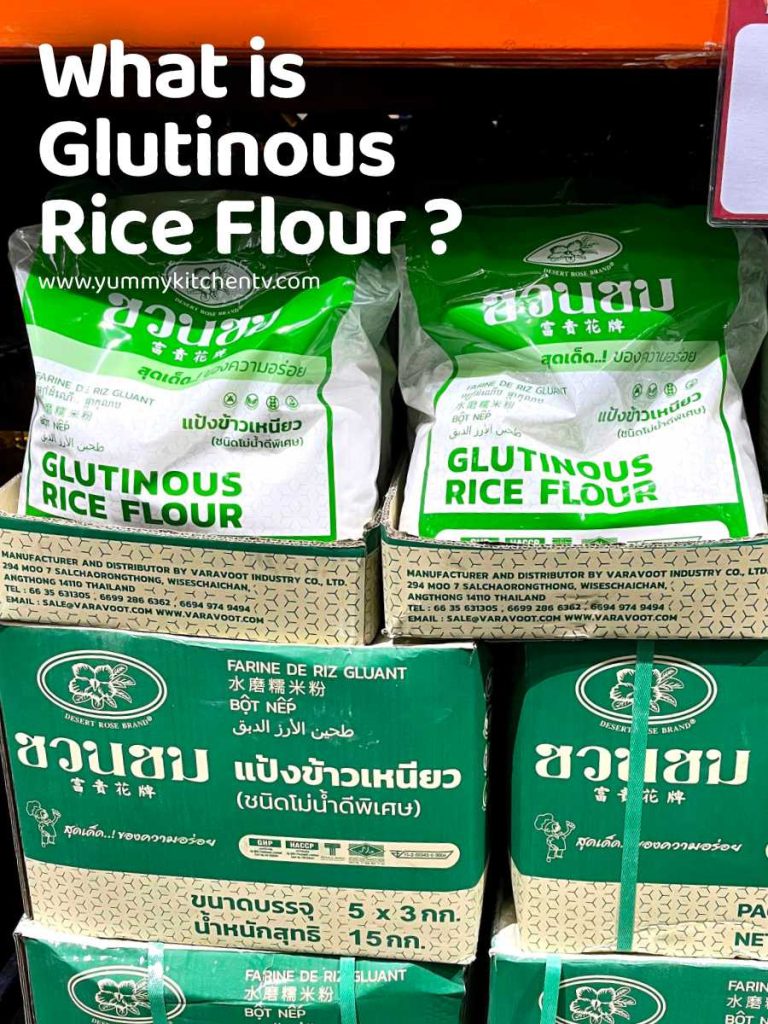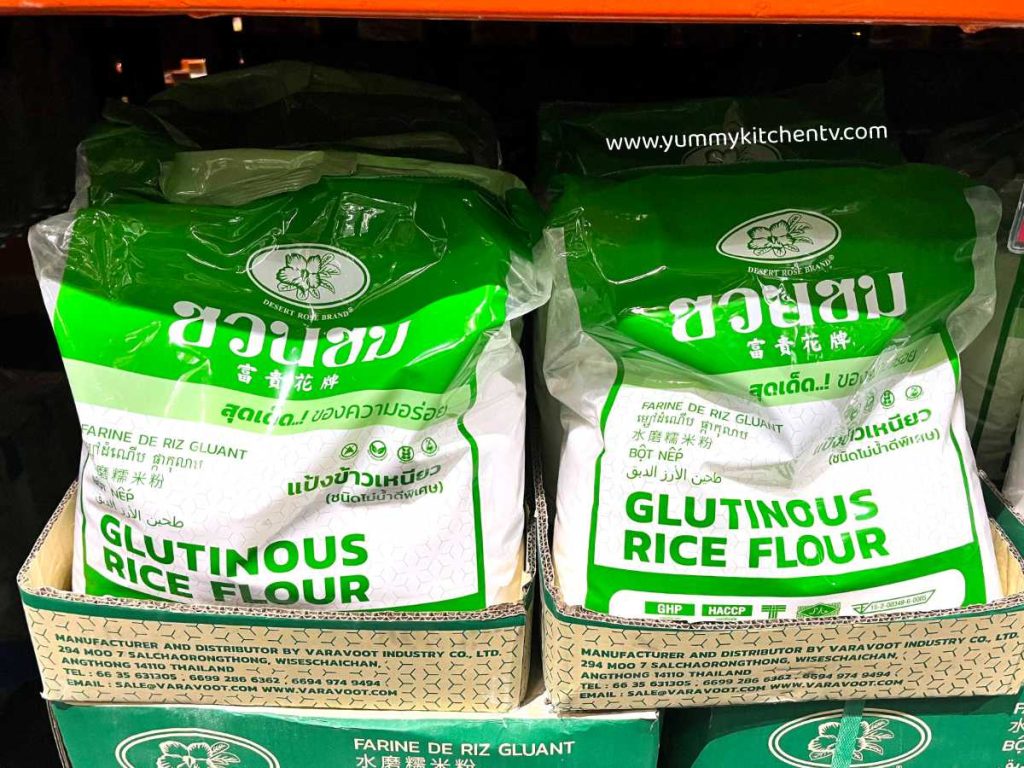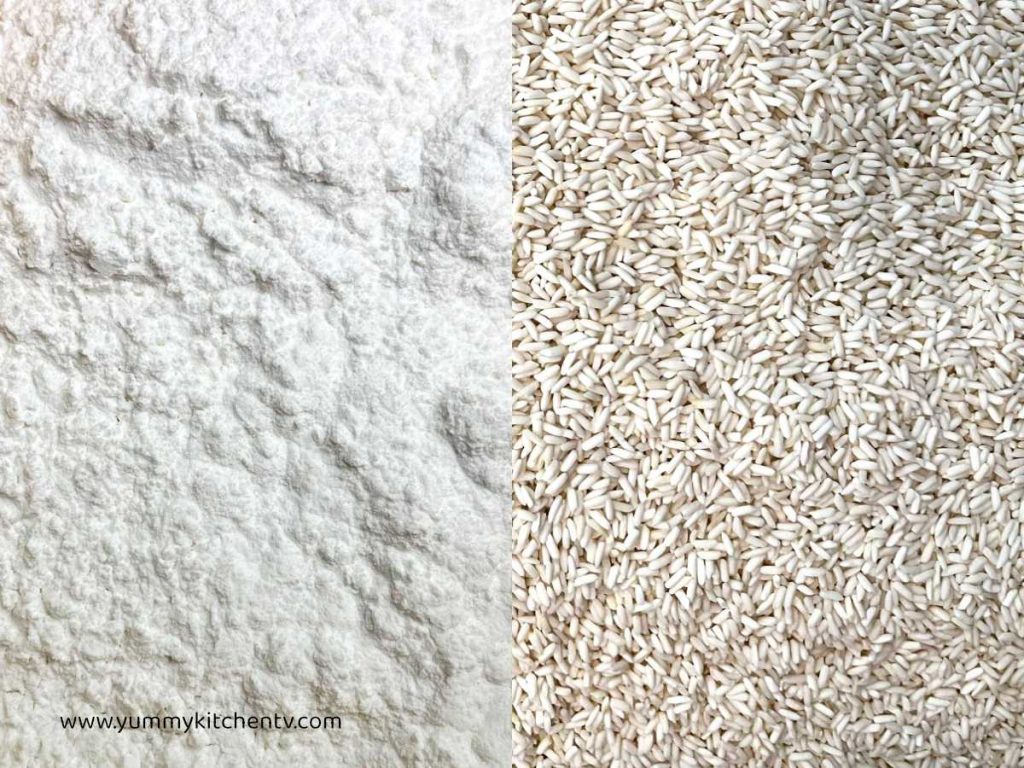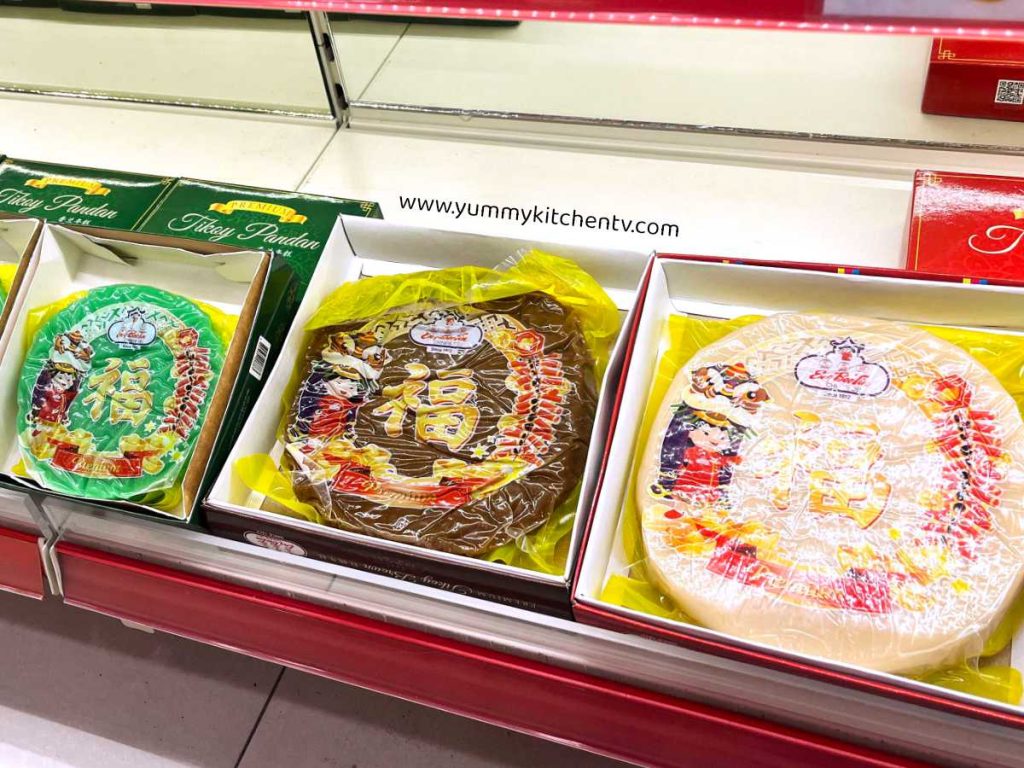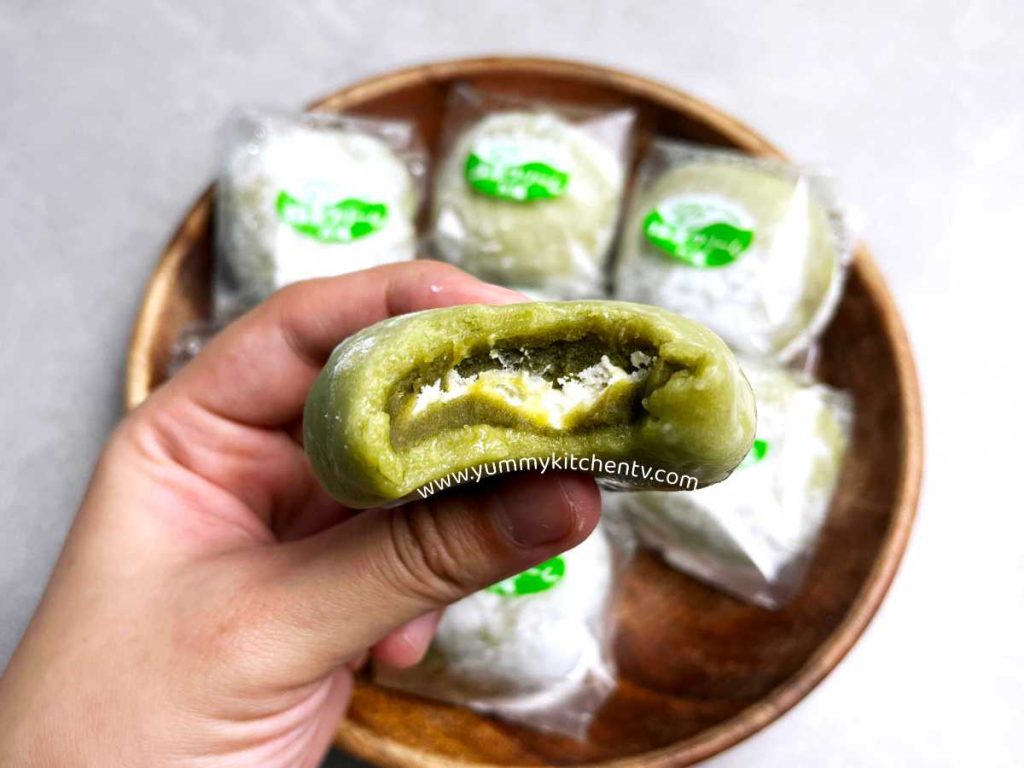Glutinous Rice Flour is flour made from short or long grain sticky white rice milled to a fine powder. A versatile ingredient used in many traditional and modern Asian dishes, as well as an easy to find gluten-free flour alternative. These can be used to make sticky rice dumplings, mochi-like desserts, fluffy or dense cakes, donuts, brownies, and many more.
A short introduction
This type of flour has many different names, from “Glutinous sweet rice flour”, “sweet rice flour”, “sticky rice flour”, “Shiratamako” or ‘Mochiko” in Japanese, “Chapssal” in Korea, or simply called “Malagkit” in the Philippines as it directly means ‘sticky’. This flour coming from long or short grain sticky or glutinous rice is mainly grown and produced in Southeast and East Asia.
Though for those interested on How to make glutinous rice flour from scratch? These are cooked first before being dehydrated till it’s dry enough to be milled till it turns into a powder. The biggest difference between being factory made is that they can mill it into very fine powder using either machine-steel, or stone milled which is the traditional way of making died fruits or vegetable into powdered form. These are then ready to be packaged and delivered to stores and be sold to restaurants and households. If made at home they should be fully dried to make it easier to grind using a blender or grinder, in many cases those who do it at home have to grind the dry rice in batches due to avoiding the blender or grinder from overheating and cooking or burning the flour. For a better fine powdered flour or to avoid any clumps some do give the flour a few sifts using a sieve. The homemade flour can be used immediately but some do let these cool down before using, these are then stored in an airtight container at a cool area.
Is glutinous rice flour gluten free? Despite having the word ‘glutinous’, it is gluten-free as the term can also mean sticky which the product when added into the recipe comes out dense or chewy due to the higher starch content. You can find this mixed and turned into your usual Asian dishes like rice dumplings (using these to make a chewy translucent wrapper to slightly cover or showcase the meat or decorative filling inside depending on how thin the skin is), dango (is a popular Japanese snack where there are three chewy balls made of the sitkcy sweet flour sometimes charred over charcoal to give it a nice scorch then covered with a sweet and savory soy sauce based sauce, some are familiar with the other version also seen in anime where there are three ball on top of each other with the colors pink, white, then green respectively), mochi (another Japanese delicacy which is similar to dumpling but in a snack or dessert type form being michi skin made of the sticky flour wrapping the filling sometimes red bean, lotus bean, cream, or ice cream sometimes served at room temperature or from the fridge), rice cakes like ‘Nian Gao’ in China where its not exacty chewy but rather dense and smooth close to a crème brûlée but slightly thicker and chewy), palitaw (a familiar Filipino sweet rice cake that are pillowy soft, sweet, and very coco-nutty in flavor which is also covered in toasted coconut flakes), and many more examples and recipe link down below!
Glutinous rice flour substitute
- Sweet Rice Flour vs Glutinous Rice Flour – is one and the same, these are just some of the names used depending on the country it’s produced in.
- Mochiko vs Glutinous Rice flour- are also the same thing, a high in starch content flour found in Asian grocery stores, it’s called differently because many typically use it for ‘mochi’ thus the name ‘mochiko’ or ‘mochi flour’.
- Glutinous rice flour vs Rice flour – while very close in powdered form, once cooked rice flour gives a closer texture to regular wheat flour in texture. While the sweet sticky rice flour gives a very chewy texture and is denser, better for dishes that do not have any structure.
Glutinous rice flour Nutrition
Glutinous rice flour calories round up to 110 calories for a serving of 30 grams. What’s great about this gluten-free flour is that being made from rice it can help prevent inflammation, it has Vitamin B, Zinc, Fiber, and copper that can help with the body’s immunity. These are also a great substitute to your usual flour as it has choline which most rice have that promotes a better liver function. A best choice for people with diabetes as it helps balance sugar levels and insulin.
How is it used in the Philippines?
Glutinous rice flour in Tagalog directly translates to “Malagkit na Harina” meaning “Sticky Rice Flour”. In the Philippines you can find them used in many traditional snack base called ‘galapong’ which is a sticky rice ‘dough’ made to create ‘kakanin’ or ‘rice based dishes’ like palitaw, bilo-bilo or small glutinous balls added in ginataan a sweet coconut stewed dessert dish, suman, and the Christmas favorite ‘bibingka’ a fluffy rice cake wrapped in banana leaves. Check out some more Yummy Kitchen recipes below!
Glutinous rice flour recipes:
- Check out this “how to make kutsinta using glutinous rice flour” recipe, or this molasses “Black Kutsinta“, and a Pandan flavored version here ‘Pandan Kutsinta’.
- The Filipino-Chinese version of glutinous rice flour mochi, AKA “Buchi” and the delectably pretty Ube Cheese Buchi.
- A traditional Chinese festival snack Tikoy, a fusion or Filipino Chinese version called Ube Tikoy Rolls.
- A sweet flattened mochi like textured pancake with sweetened condensed milk custard called Palitaw with Yema Filling, another version with Pandan Flavoring called Buko Pandan Palitaw Balls.
- Use them as a substitute for your usual baked goods to make glutinous rice flour pancakes, brownies, donuts, or even for gluten-free cakes.
- A Chismas favorite in the Philippines, a glutinous rice flour cake called ‘Royal Bibingka’.
- A mix of glutinous rice flour with coconut milk recipe called Inutak, a creamy sweet Filipino dessert made even better with some sweet vanilla-ish warm flavored ube.




